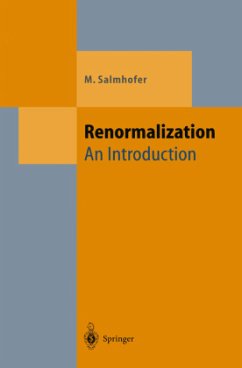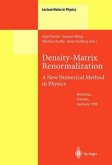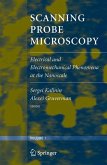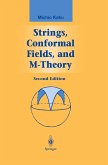Why another book on the renormalization of field theory? This book aims to contribute to the bridging of the gap between the treatments of renor malization in physics courses and the mathematically rigorous approach. It provides a simple but rigorous introduction to perturbative renormalization, and, in doing so, also equips the reader with some basic techniques which are a prerequisite for studying renormalization nonperturbatively. Beside these technical issues, it also contains a proof of renormalizability of ¢4 theory in d :5 4 dimensions and a discussion of renormalization for systems with a Fermi surface, which are realistic models for electrons in metals. Like the two courses on which it is based, the book is intended to be easily accessible to mathematics and physics students from the third year on, and after going through it, one should be able to start reading the current literature on the subject, in particular on nonperturbative renormalization. Chapter 1 provides a brief motivation for studying quantum theory by functional integrals, as well as the setup. In Chap. 2, the techniques of Gaus sian integration and Feynman graph expansions are introduced. I then give simple proofs of basic results, such as the theorem that the logarithm of the generating functional is a sum of values of connected Feynman graphs. In Chap. 3, the Wilson renormalization flow is defined, and perturbative renormalizability of ¢4 theory in d :5 4 dimensions is proven using a renormal ization group differential equation. The Feynman graph expansion of Chap.
From the reviews "In summary, this is an excellent reference text for anyone interested in the mathematical formulation of renormalization and quantum field theory and should be seriously considered as an addition to a professional or university library." (A.G. Williams, The Physicist, 1999)"This book concentrates very much on the technical matters one has to be aware of in order to perform an actual calculation, and explains all elementary steps of the method. In spite of that, the author also finds the opportunity to clarify the physical situation behind. He also points out the similarities and connections that exist between different branches of theoretical physics like statistical mechanics of polymers, critical phenomena, and field theories, where renormalization methods are usually applied." (M. Benedict, Acta Scientiarum Mathematicarum, 2000)








